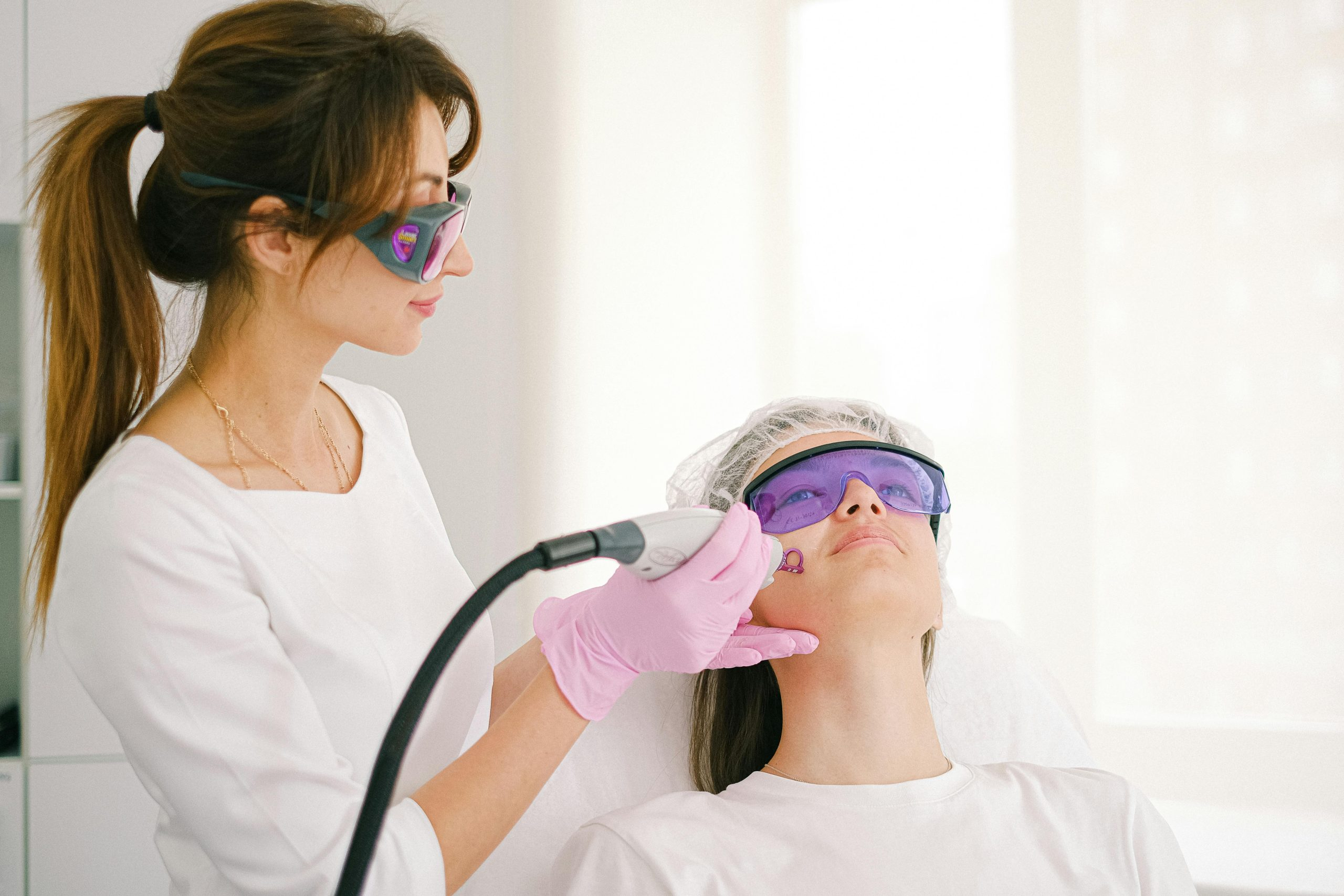Software as a Medical Device: Navigating Regulatory Hurdles
As technology continues to advance and play a bigger role in healthcare, there has been an increase in the use of software as a medical device (SaMD). This refers to software products that are utilized for medical purposes, without the need for any additional hardware. Examples include fitness apps that track heart rate or sleep patterns, as well as clinical decision support systems used by healthcare providers. However, with the rapidly growing number of SaMD products in the market, navigating the regulatory hurdles can be a challenge for both developers and regulatory bodies. In this article, we will delve into the world of SaMD and explore the regulations and challenges that come with it.
The Rise of SaMD
The use of software in healthcare has always been prevalent, with medical devices such as pacemakers and MRI machines utilizing software. However, with the development of more advanced technologies, the scope of SaMD has expanded significantly. Today, SaMD includes a variety of products ranging from mobile health apps to virtual reality tools used for medical procedures. This growth can be attributed to the convenience and accessibility provided by SaMD, making it a popular choice among patients and healthcare professionals alike.
Regulatory Framework for SaMD
Given that SaMD products are directly involved in the healthcare and well-being of individuals, it is crucial for them to be regulated for safety and effectiveness. In the United States, the Food and Drug Administration (FDA) is responsible for regulating SaMD products. The FDA classifies SaMD products in the same manner as traditional medical devices based on their risk level. For instance, a SaMD product that is used for a critical diagnosis or treatment will be subject to more stringent regulations compared to a product that is used for general health and wellness purposes.
Similarly, the European Union also has regulations in place for SaMD products through the Medical Device Regulation (MDR) and In Vitro Diagnostic Medical Devices Regulation (IVDR). These regulations have specific requirements for SaMD products, including risk management, post-market surveillance, and clinical evaluations, to ensure their safety and effectiveness.
Challenges for SaMD Developers
Developing SaMD products that meet the regulatory requirements can be a daunting task for developers. One of the biggest challenges is keeping up with the rapidly evolving technological landscape and adapting to new regulations. As technology advances, there is a constant need to update and improve the functionality of SaMD products, which requires substantial resources.
Another challenge is verifying the accuracy and reliability of data used by SaMD products. As these products rely heavily on data analytics and algorithms, it is crucial to ensure that the data is accurate and free from bias that could lead to incorrect diagnoses or treatment recommendations.
Proactive Steps for SaMD Developers
Despite the challenges, there are steps that developers can take to navigate the regulatory hurdles and ensure the success of their SaMD products. One of the most important steps is to conduct thorough research and obtain a comprehensive understanding of the regulatory requirements and standards in the target market. This will help developers ensure that their products are compliant and save time and resources in the long run.
Moreover, developers should involve regulatory experts early on in the development process to help identify potential roadblocks and plan accordingly. This can also help expedite the regulatory approval process and get the product to market sooner.
In Conclusion
In the world of healthcare, SaMD products offer convenient and accessible solutions for patients and healthcare providers. However, navigating the regulatory hurdles can be a daunting task for developers. By understanding the regulatory framework and being proactive in their approach, developers can ensure compliance and the success of their SaMD products. Additionally, regulatory bodies must continue to evolve their regulations to keep up with the ever-changing technological landscape and ensure the safety and effectiveness of these products for consumers.










